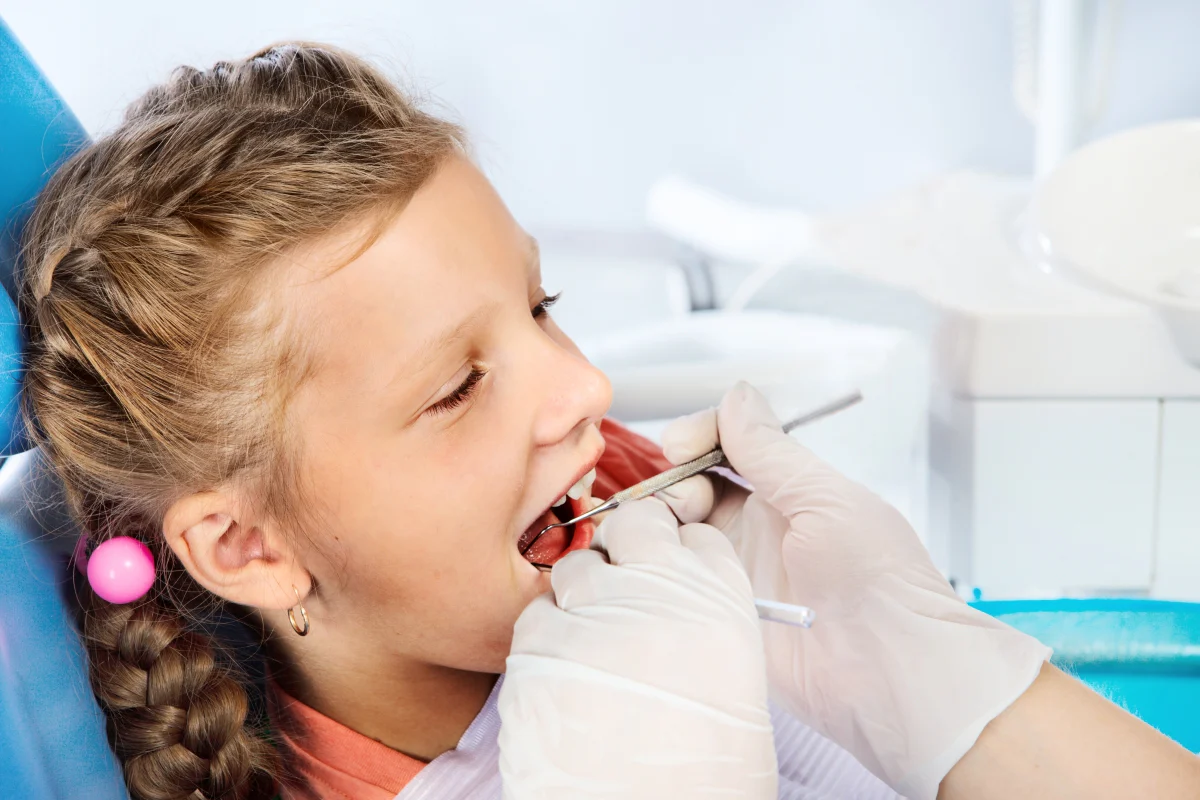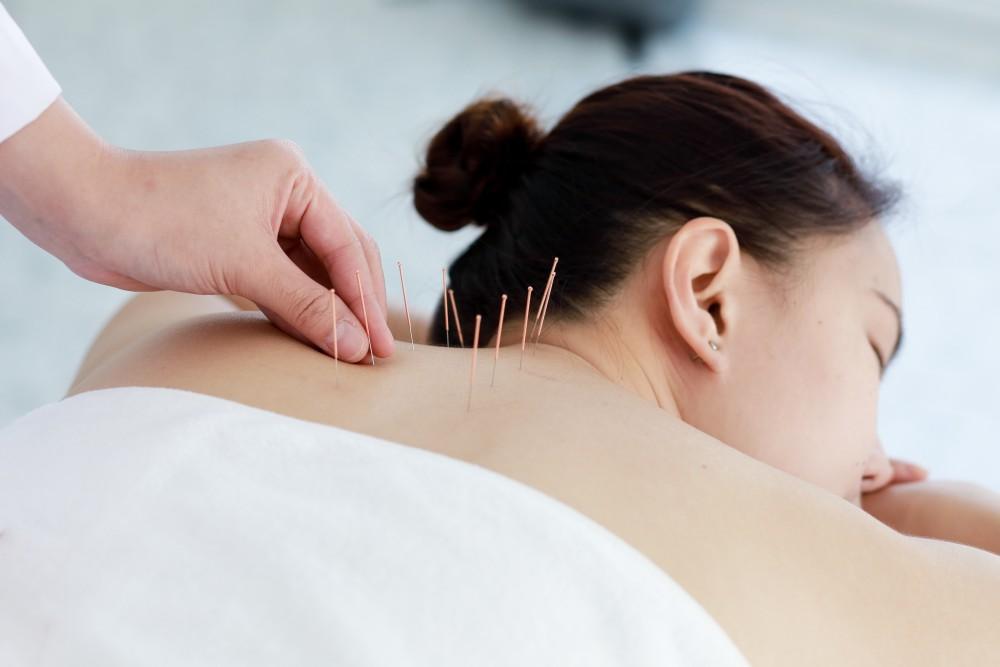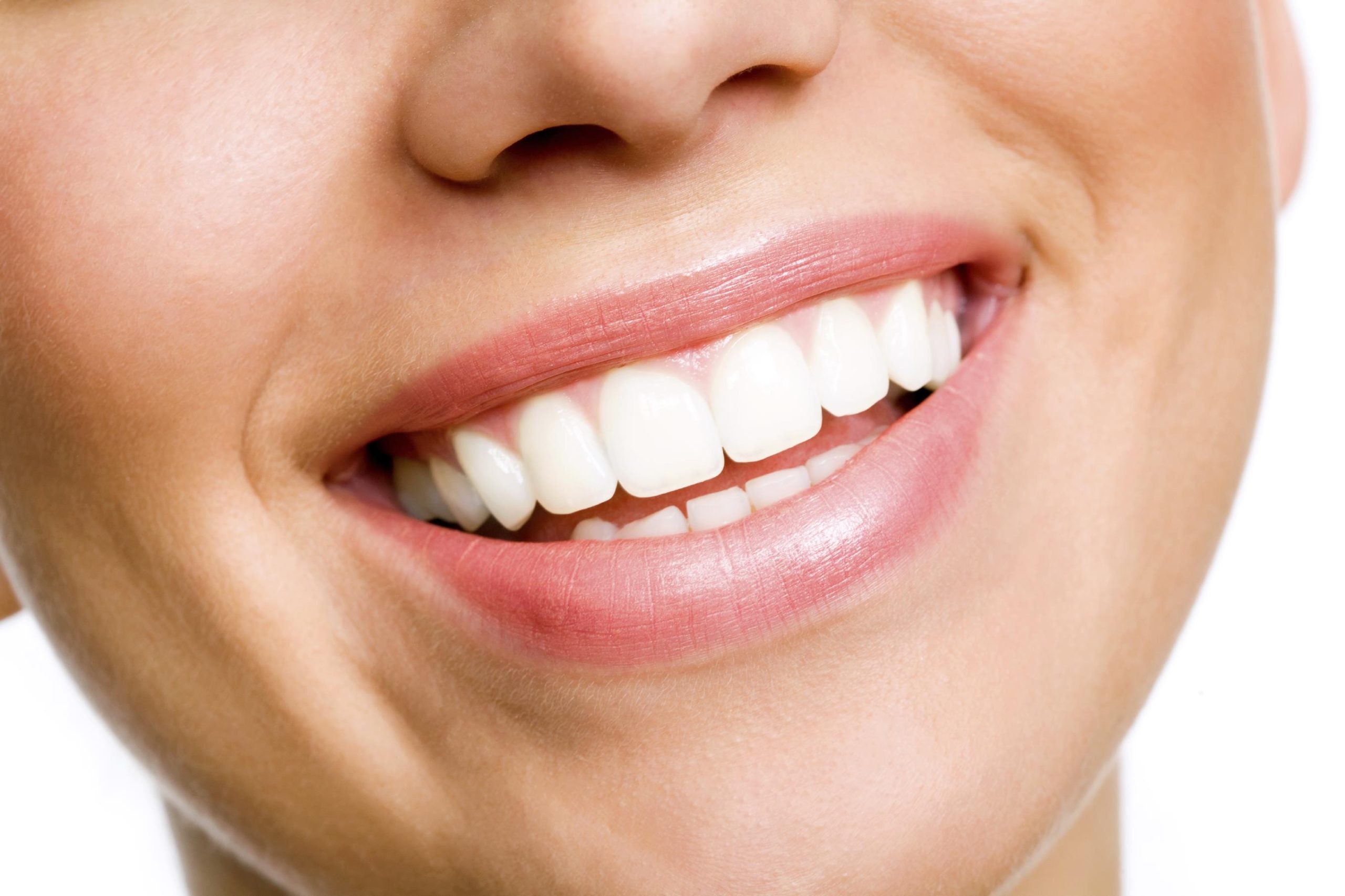Table of Contents
An overview of the subject is provided below:
There is still some uncertainty in the minds or caregivers about the placement of a steel crown over a baby tooth that has been treated for decay. It is both safe and dangerous to ignore baby tooth problems, citing the short lifespan of the teeth in the dental arch.
Permanent teeth will eventually take over the space. Early dental care can prevent future problems such as cavities and broken, chipped or crooked teeth. It is for this reason that dental care is stressed in the early years to protect your child’s smile.
The stainless steel crown is a new favorite in pediatric dentistry. It offers the best protection for the tooth. The crown prevents the adjacent teeth from pressing in, leaving less room for the permanent teeth to grow. The dental arch appears to be misaligned if not.
Your child can get stainless steel crowns as early as age 2. The non-white gleam is usually not chosen for front teeth restorations. This is a good option for children’s molars and premolars, as these teeth are more susceptible to decay and infection.
The dentist must use trial and error to find the perfect fit for the pediatric stainless steel crowns that are prefabricated. The white crowns are more expensive and require more work to shape and seat. This is a much easier and less time-consuming option.
Prefabricated stainless steel dental crowns can be fitted in a single appointment to ensure proper treatment for the baby tooth. These minions are positioned in the correct place to help the baby eat their solids properly and to learn to talk through imitation.
Many people would suggest that a filling is cheaper than a crown. Dental fillings are not as durable for children under four years of age, compared to adults with permanent teeth. After treating decay, the primary structure of the tooth is too weak to support a dental filling in toddlers.
The tooth structure is instantly strengthened with the stainless steel crown to avoid further complications. These crowns will last many years and are easy to remove when the tooth is removed. This dental procedure is simple in comparison to other crown types.
Caries is a common problem in primary molars. After removing decay, the most common treatment is to place a stainless steel crown. Local anesthesia is used to help ease the discomfort of this procedure in toddlers. Once the anesthesia wears off, pain and discomfort return to make kids anxious about the SSC. Since the 1950s, pediatric dentists have used stainless steel crowns.
Prefabricated stainless steel crowns make it easier to match the crown to the tooth. There is another technique for primary molars called the Hall Technique. This technique helps contain caries within the tooth, preventing it from spreading. When you look at the pros and cons of each technique, there are both.
Hall Technique vs Conventional Technique
The benefits of using the conventional pediatric stainless steel crown are that they are complete, easy to use, and protect until the primary teeth come out. Depending on the severity of caries, the tooth will be subjected either to pulpotomy (pulpectomy) or pulpectomy.
The crown is then trimmed and contoured according to the gingival margin. It is then seated using dental cement. The tooth is fixed permanently, so there are no more visits to the dental office. Local anesthesia or general sedation is administered to the patient.
The primary molars of children are deciduous, as they fall out during the growth process. Conventional methods are only difficult to use when removing decay. It would be a lifelong problem for a child to have he or she subjected a baby tooth or primary tooth subjected to this method. Children may not like such invasive anesthesia-based treatments. The Hall technique is useful in this case.
The preformed stainless steel crown is preferred. Local or general anesthesia is not allowed. This technique is easy for both the child and the dentist. The simplicity of the technique indicates that it is more affordable than conventional restoration.
The Hall technique is not a permanent cure for caries among children. Some patients may need to return in one year or longer for a complete and detailed procedure. This technique is beneficial when you consider the age of children and their tooth size.
The Bottom Line
Stainless steel crowns are currently the best option for restoring the dental arch of toddlers starting at the age of 2 years. Some children have their first baby teeth at only six months of age. You can use stainless steel crowns for treatment starting at two years old and for adults.
The stainless steel crowns are also available for adults in prefabricated or manufactured sets, which can be used immediately as opposed to customized crowns. Who wants to be crowned? The stainless steel crowns are a great way to ensure a healthy smile in any age group.




